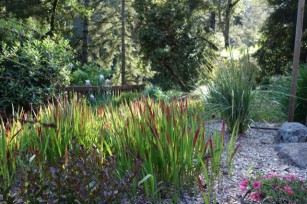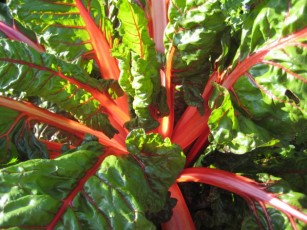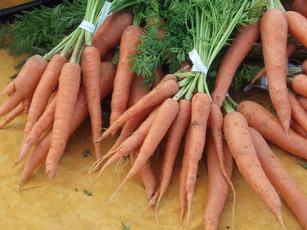The autumnal equinox happened September 22nd. It’s the official start of fall when the sun crosses the celestial equator and moves southward. The earth’s axis of rotation is perpendicular to the line connecting the centers of the earth and the sun on this day. Many people believe that the earth experiences 12 hours each of day and night on the equinox. However, this is not exactly the case.
During the equinox, the length is nearly equal but not entirely because the day is slightly longer in places that are further away from the equator- like where we live. Also the sun takes longer to rise and set in these locations as it does not set straight down but in a horizontal direction.
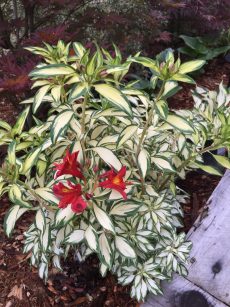
It was a hot summer and I?m ready for fall. This is the perfect time for transplanting or adding new plants to your garden. Why? Cooler air is kinder to plant foliage while soil temperatures are still warm creating an excellent environment for new root growth. In the fall many plants and trees, even broadleaf evergreens, are entering a period of dormancy. With no need to allocate resources into foliage, plants are transferring all their energy into roots and storing nutrients for the cool months ahead. By spring, the new root systems should be well established.
Now through October, divide summer blooming perennials like alstroemeria, agapanthus, coreopsis, iris, daylily, yarrow, rudbeckia, calla lily, aster and penstemon that are overgrown and not flowering well. You can also divide spring blooming perennials like candytuft, columbine, astilbe, bergenia and bleeding heart although they don’t always bloom the first spring afterwards due to the energy they use re-establishing themselves. Start perennial flowers seeds now so that they will be mature enough to bloom next year.
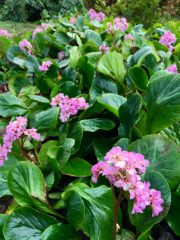
Fertilize shrubs lightly one last time with an all-purpose organic fertilizer or layer of compost. Use compost only on California natives.
Fertilizing roses now will encourage them to bloom again this fall. To keep roses blooming make a habit of pinching and pruning off old flowers. Always cut back to an outward facing branchlet with five leaves. There are hormones there that will cause a new flower bud to grow much sooner than if you cut to one with only three leaves.
Plant cool season veggie starts like broccoli, cabbage, cauliflower, chard, lettuce, spinach, brussels sprouts, onions and leeks in soil enriched with 4-6″ of compost as summer vegetable crops will have used up much of your soil’s nutrients.You can sow seeds of beets, carrots, radishes, spinach, arugula, mustard and peas directly in the ground.
Cut back berry vines that have produced fruit. Canes of the current season should be trained in their place.

Spider mites are especially prolific during the summer. If some of the leaves on your plants are pale with stippling, spray the undersides of infected leaves with organics like insecticidal soap switching off with neem oil as they build up a resistance to one of the pesticides. Plan to spray with a horticultural oil in the winter to kill overwintering eggs.
The weather these days is perfect for being outside. Enjoy it and this place we call home.

